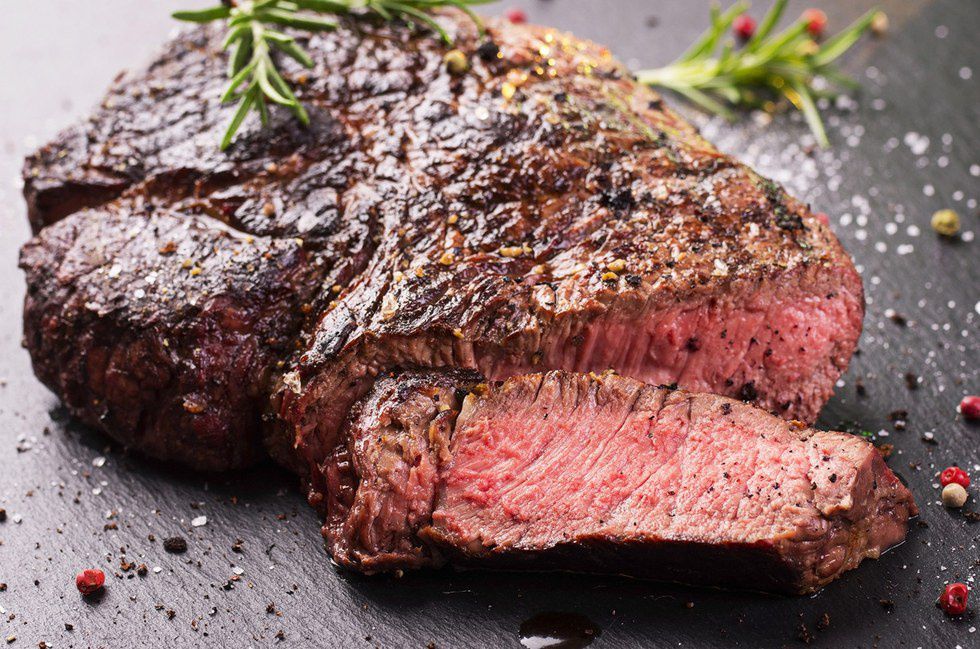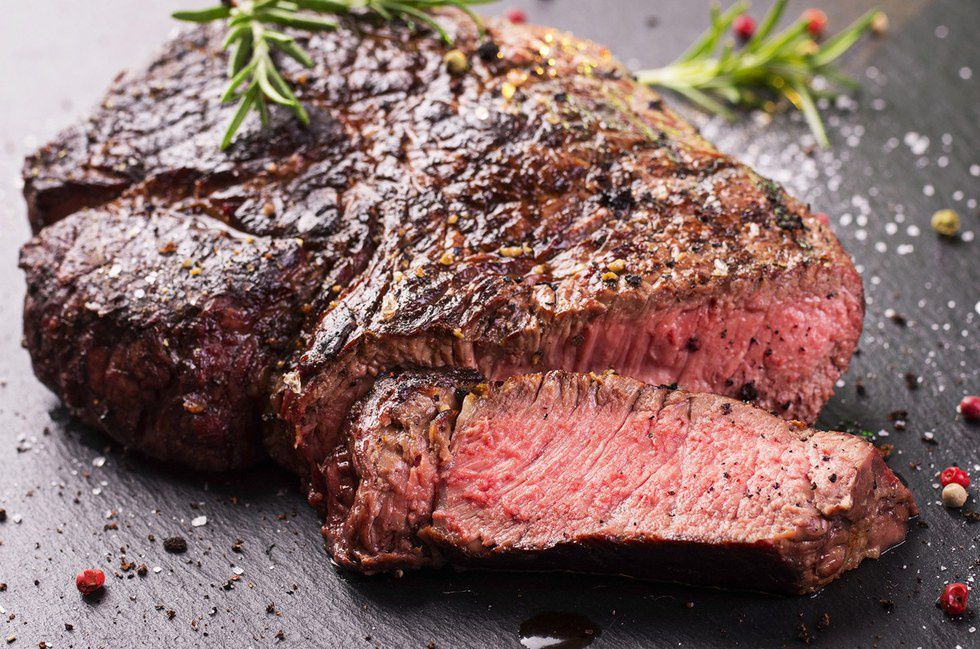Let's imagine for a second that science has progressed enough that we are able to create/construct all types of food in a lab. To clarify, I'm not talking about an upgrade to tofu or a GMO version 2.0, I'm talking about actually building a steak on a molecular level as if you were using LEGOs. For example, here is a regular steak that you could get in today's world:
Recommended for you
And here is what our hypothetical, futuristic, lab-grown steak would look like:
Like I said, they would be identical. But would you eat it? And even if you did try it once, would you then be willing to replace all of your food with a lab-constructed variant? It's fun to look at this as a simple question wherein you base your decision on how adventurous you see yourself, but a cost-effective invention like this would actually be a major overhaul to our entire food industry with unavoidable repercussions. Think about it, if we start constructing our own food then we would no longer need to maintain any livestock, which would in turn free up an enormous amount of farmland, causing many farmers to lose their jobs. And that's just if we were able to make our own meat, but what if we could make our own anything?
Most of the food we eat is simply made up of a bunch of common molecules such as water, sugars, proteins and fatty acids. And even then, those molecules are just made up of a particular combination of different atoms. This means that we could potentially take a few different atoms to follow a recipe that would allow us to make our own molecules, then we could take those molecules and make a salad or a hamburger or a glass of milk; the possibilities are endless!
And while all of this sounds a bit far fetched, it really isn't too hard to imagine. For example, if you wanted to print out that picture of the steak from before, you would send that picture to your printer, which analyzes the picture and copies it line by line, pixel by pixel, only using the three basic colors red, blue and yellow. And voila, you have a picture of a steak. The next logical step was 3D-printing, which functions in much the same way as a regular printer, just in one extra dimension. So all we would need now is a really small 3D-printer. This idea is theoretically possible through a field of science called nanotechnology, which has to deal with the manipulation of atoms and molecules. With nano-tech, scientists would basically be using a really small 3D-printer to print out whatever type of object they wanted to, even food.
Imagine a world without supermarkets or restaurants, only a place where people could shop for cartridges of Carbon or Hydrogen for their nano printers at home. But back to that main question: would you eat that steak? I certainly would.









 Energetic dance performance under the spotlight.
Energetic dance performance under the spotlight. Taylor Swift in a purple coat, captivating the crowd on stage.
Taylor Swift in a purple coat, captivating the crowd on stage. Taylor Swift shines on stage in a sparkling outfit and boots.
Taylor Swift shines on stage in a sparkling outfit and boots. Taylor Swift and Phoebe Bridgers sharing a joyful duet on stage.
Taylor Swift and Phoebe Bridgers sharing a joyful duet on stage.












